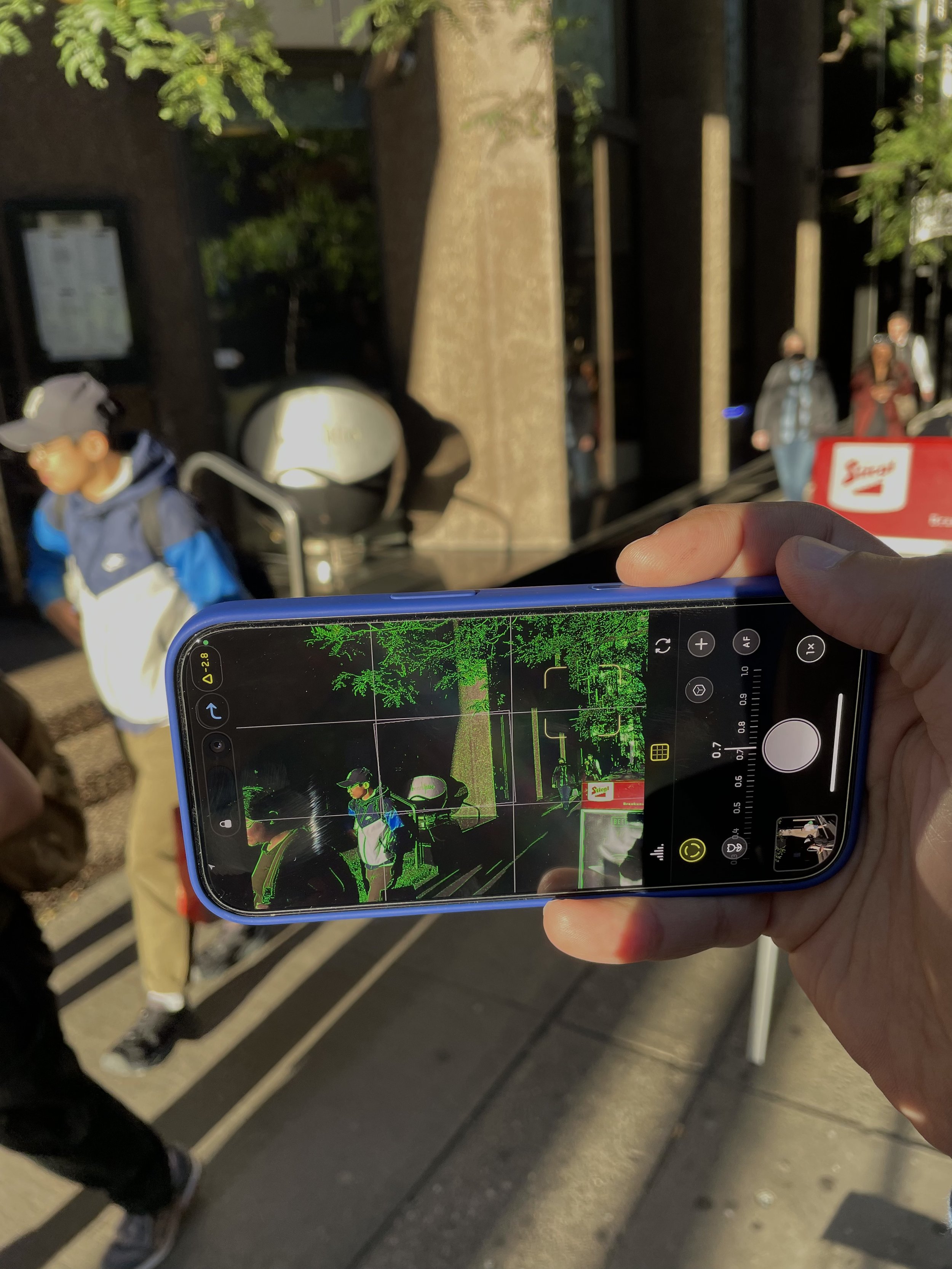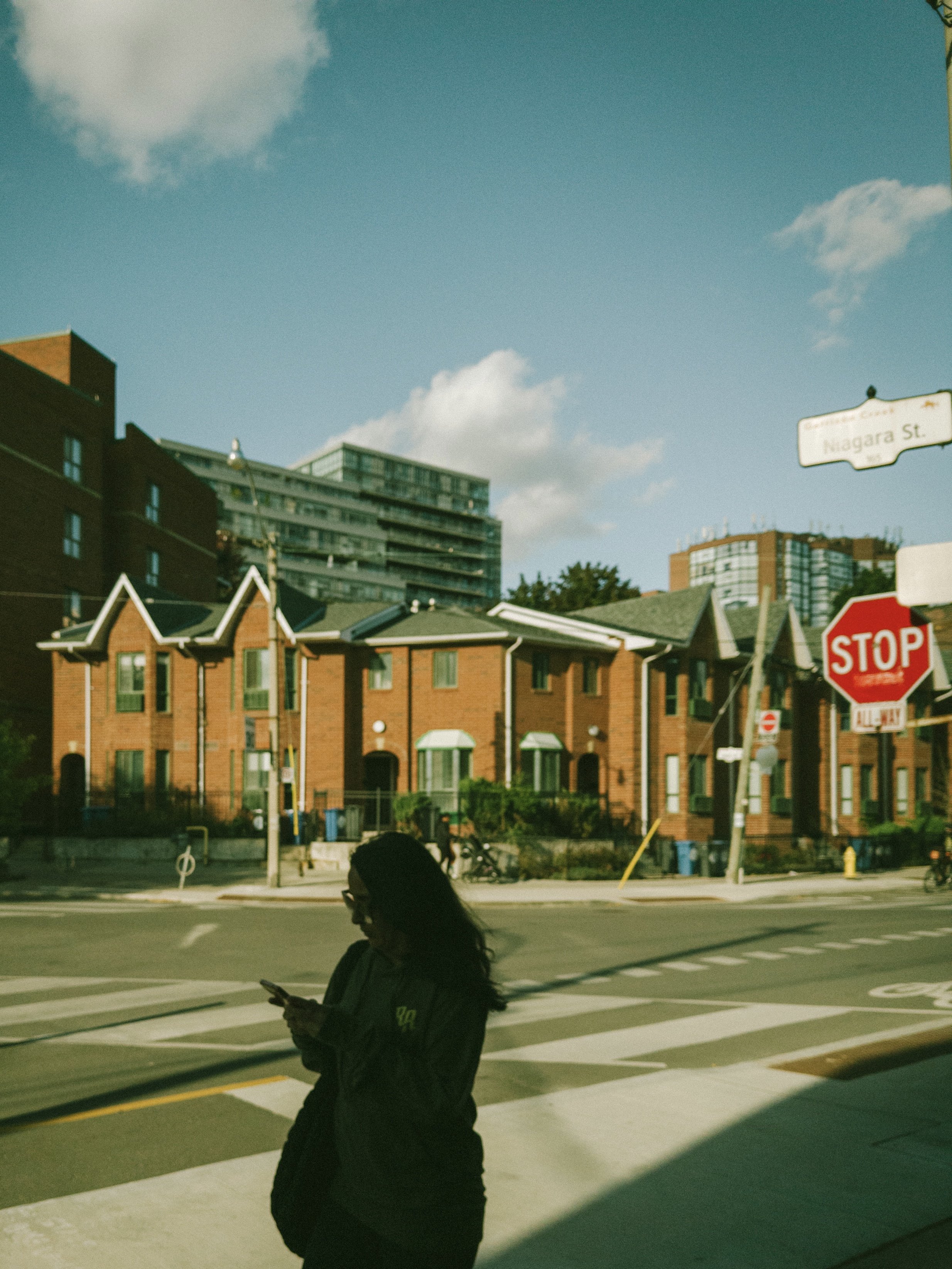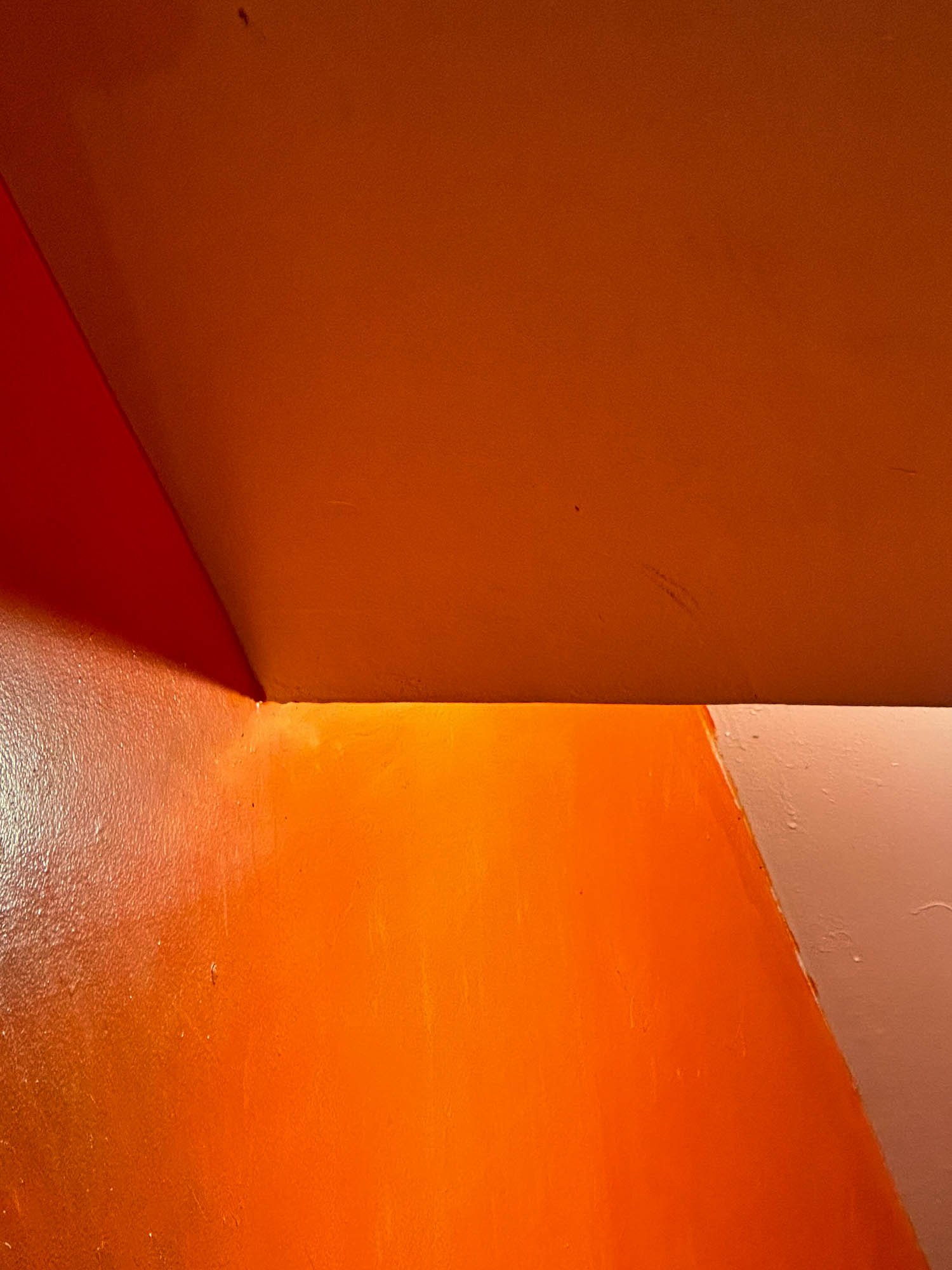Life moves fast—one minute you’re a teenager, the next you’re wondering where the years went. You can’t stop time, but you can document it. Through photography, we preserve joy, wonder, and love. Take the picture. Print it. Hold it. Because someday, those photos will be the time capsules that remind you just how full your life really was.
Read MoreChasing Light
Photography is often described as painting with light, a dance between illumination and darkness that brings forth the world as we see it—or as we choose to capture it. Without light, photography would not exist. Yet, light is not merely a tool; it is a storyteller, shaping our perception of form, depth, and emotion.
There are endless variations of light—soft and diffused, harsh and dramatic, golden and warm, cold and moody. Each type of light carries its own message, its own fingerprint on the image. A single shift in illumination can transform a mundane scene into something ethereal, mysterious, or even haunting. We chase the perfect light, waiting for golden hour, adjusting studio settings, or maneuvering a reflector to shape the glow exactly as we envision.
But light alone is not enough.
My teacher once told me that one of the scholars explained to him that the shadow is an integral part of the human being. Without shadows, we would be incomplete. This struck me deeply—not just as a poetic thought but as an essential truth about photography itself.
Shadows are not merely the absence of light; they are the counterbalance, the depth, the contrast that defines a subject. They give weight to an image, lending mystery and substance. A portrait bathed in uniform brightness feels flat, lifeless. But introduce shadows—soft and whispering, or bold and dramatic—and suddenly, a face tells a story. The lines of experience on an elder’s face become more profound. The gleam in a child’s eye stands out against the darkness. The world takes on a layered complexity that pure light alone cannot provide.
This relationship between light and shadow mirrors our own existence. We are not defined by a single force, but by the interplay of opposites—joy and sorrow, clarity and ambiguity, presence and absence. Just as a photograph is given meaning by its shadows, so too are our lives enriched by moments of struggle and reflection.
Next time you pick up a camera, don’t just look for light. Look for the shadows that accompany it. Observe how they carve space, how they shape emotion, how they create balance. Embrace them not as something to be avoided, but as an integral part of the story you’re telling.
After all, without shadows, we would be incomplete.
Street Photography with iPhone 16 Pro and Camera Control
Inspired by Lux cameras’s excellent iPhone 16 review, I decided to put together a review of my experience taking street photographs with the new iPhone 16 Pro with camera control.
The Goal
I taken a lot of street photographs over the years, mostly with a Fuji X100, X-Pro1 or a Ricoh GR. The focal length I’m most comfortable with with 35mm (full frame equivalent). The 28mm on the GR is great, but sometimes I find it a bit too wide and I always find myself gravitating back to the Fujis.
A few days ago I was looking through some old photos and found a set of street photographs I had taken in Lahore with an iPhone X with the Halide app. I remember that day well, I went out to take photos only to find out that I had left my cameras battery in the charger. I couldn’t go back, so I started taking photos with my iPhone and shot RAW using Halide. 6 years later, the editing flexibility of those RAW files is incredible. Even now looking at those photos, its amazing to think I took then with a phone.
So I thought to myself, what if I treated the iPhone 16 Pro as a proper street photography cameras and shot with it the way I use my Fuji or Ricoh. Could the iPhone keep up?
Fuji X100VI, iPhone 16 Pro, Ricoh GR II
The Setup
From a size standpoint, the iPhone is definitely the thinner of the bunch, but the Ricoh is definitely easier hold one handed than the iPhone, mainly due to its ergonomics as a dedicated camera. Having a 3rd party thumb grip also helps. The Ricoh naturally fits into the my hand with my index finger landing on the shutter button and my thumb on the attached thumb rest. With the iPhone I had to use my pinky to support the phone and I always found myself feeling around for the camera control since its flush with the body.
I also figured it would be a good opportunity to test out camera control and see if it has any real world utility.
I opted to use Halide mainly because of the ability to set focus manually. When I’m shooting with my Fuji or Ricoh I tend to manually set focus at a higher aperture (f8 and be there!). Plus I found that with the native camera app it was very easy to accidentally swipe on camera control which can lead to unintentionally changing settings like exposure.
The one thing I noticed almost immediately is that the native camera app is just more snappier and responsive. The native camera app also has a visual cue to let the user know a photo has been taken (the screen turns black for a split second mimicking a camera shutter), where Halide has haptics to let you know a photo has been taken. The one thing I really liked about Halide was the ability of focus peak and being able to lock camera control to avoid accidental swipes (something that happens quite often with the native camera app).
Halide makes it easy to manual focus with focus peaking
The Results
Focus peaking is great, I was easily able to see what areas of the frame would be in focus. It was great for shots where I would wait for someone to walk into the frame.
The 5x lens was also great. I found it good for much more tighter frames with maybe one or two people in frame at the most. I did find myself “zooming with my feet” a lot more when using the 5x lens. It was wonderful for the types photos that I normally regularly taken using iPhones, composing a frame and waiting for someone to walk through.
However I wanted to see if I could walk at a brisk pace taking photos as I see them using camera control and manual focus, employing the same approach I do when shooting with my Ricoh.
One thing I was pleasantly surprised was that when my focus distance was a bit closer, I was able to get some natural shallow depth of field, no portrait mode or computational gobbledygook needed.
A limitation which I found myself challenged by was the shutter lag when shooting RAW and the lack of a burst mode when using camera control. When shooting with my Ricoh I sometimes shoot at 3fps or 5fps, with the native camera app keeping the camera control button pressed triggers video recording and with Halide it does nothing.
Another strange limitation of camera control on the native camera app I noticed was that a photo is only taken the button is released, not when it’s pressed. I missed quite a few shots because of and had to remind myself to press and release the button when I wanted to take a photo. Halide did not behave like this, a photo was taken as soon as the button is pressed.
Overall I’m very happy with the results. It’s incredible how far iPhone cameras have come. The camera control button is getting a lot of flak but I think it has potential. Its not perfect, but there nothing that can’t be fixed or updated via a future iOS update.A lot of folks keep wishing for Apple to release a dedicated camera, they already make one and it can hold it own when compared to a dedicated street photography camera.
Photograph Nothing
Everyone is obsessed with finding a photography subject. Whether it’s people on the street, light, shadow a mesmerizing landscape or a beautiful model. If you stick to a subject you can find yourself in a rut very quickly. Before you know it you’ll be uninspired and weeks or months will go by without having taken a photo.
Over the almost 15 years I’ve been photographing, I’ve found myself in ruts like this many times. The way out of it each time has been to photograph nothing. I don’t mean don’t take photographs at all, no not at all. Take photos of the mundane, banal and dull occurrences of everyday life.
Maybe you’re filling up your car at the gas station and you see the contrast of a blue sunset against the yellow of the gas station pump along with some lights of a closed warehouse in the distance. Take that photo. Don’t dismiss it as nothing. It may seem like nothing but it is in fact something.
Maybe you’re at your desk one day at home and you see the a bit of light and shadow of the window on the wall right above where you’re sitting. It’s nothing, but take a photo of it.
Maybe it’s a straight lines on an orange stairwell when you’re out for dinner at a restaurant or the bright yellow interior against a blue sky. Probably nothing, but still take a photo.
Or a teal door with shadows and some rustic looking bottles behind the door. Life is what happens when we’re not looking or paying attention. Its in the minute details of mundane everyday things. Life happens with nothing is happening. We all have camera with us at all times and its a fantastic camera to photograph nothing.
The Curious Case for Vision Pro
When Steve Jobs introduced the iPad in 2010, he made a case as to why it should exist. He spoke about how there are certain things a modern smartphone (aka iPhone) does well and certain tasks a Macintosh does exceptionally. He then spoke about how if a 3rd category of device was to exist, it would have to excel at seven things better than a laptop and a smartphone. The iPad came into being and to this day, it still excels at those 7 key tasks (and arguably even more today).
The VisionPro is being touted as a spatial computing device. At a glance it seems to be iPadOS forked and reworked for an AR/VR environment. It makes for a great demo and the technology used is without a doubt groundbreaking. Meta Quest relies on hand held controllers to navigate the UI whereas VisionPro has advanced sensors which lets a user interact the UI with their eyes, fingers and voice through Siri (whose performance is still questionable even after a decade).
However the biggest question is what’s the use case for VisionPro? Where does it fit into a users workflow? Is it aimed as a Macintosh replacement, something an iPad achieved for some users, while others still gravitating towards a Mac for majority of their computing needs. Will VisionPro have similar success as a supplemental device? The hardware is definitely impressive, but if it follows in the footsteps of iPadOS, VisionPro’s success might be hampered the way iPads growth has been stunted.
I’m a huge iPad fan (and user). I’m writing this on an iPad Pro with a Magic Keyboard. The iPad has become for 90% of tasks my primary computing device. iPad has the potential, however as the years go on, it feels as if iPadOS is being held back just enough so that it does’t overtake MacOS. If VisionPro is to succeed (and usher in a future of spatial computing) it needs to be free to overtake and potentially replace traditional computing paradigms that have relied on physical input devices and monitors.




































